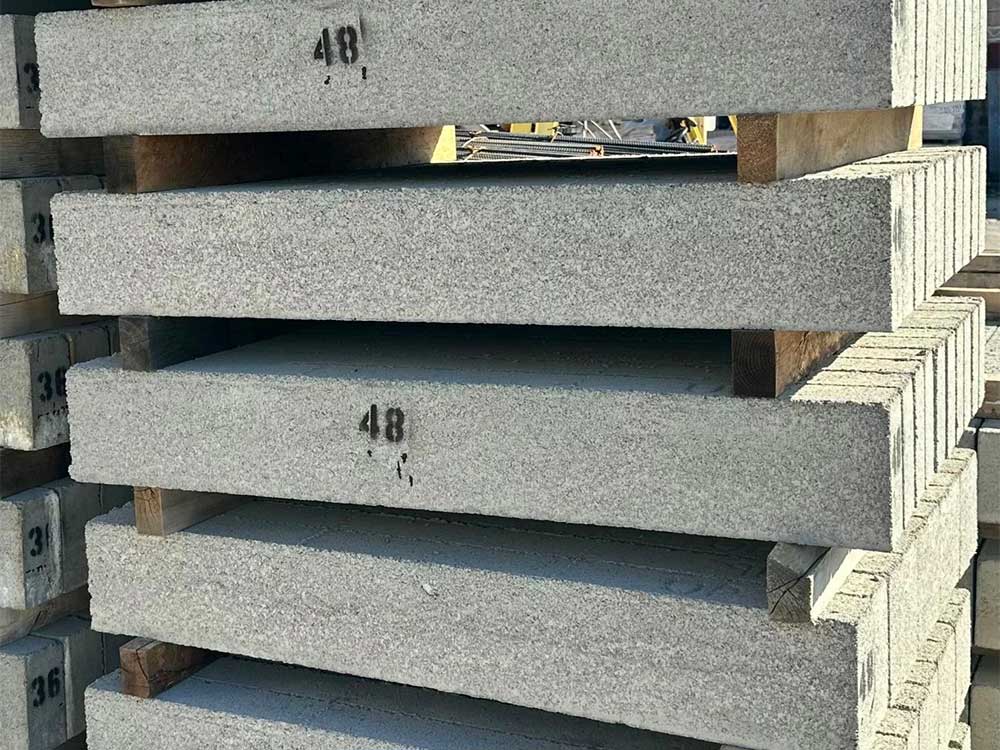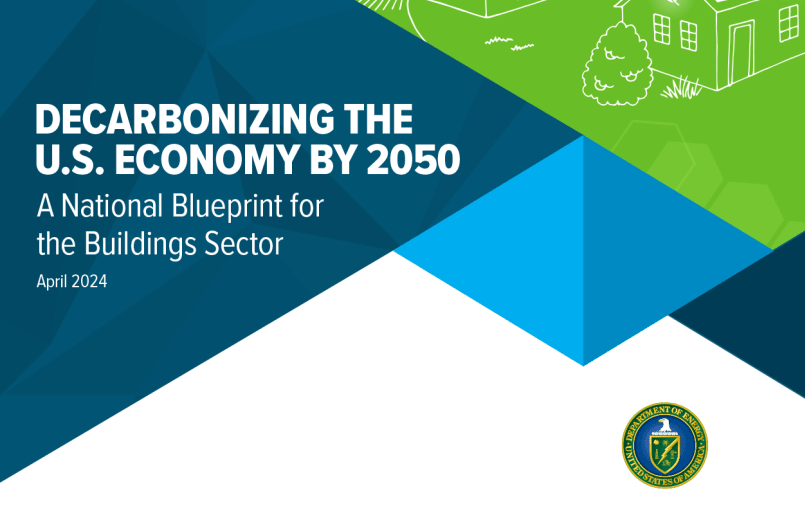- More Road Maintenance– Salt accelerates the degradation of roadways leading to cracks, bumps, and potholes. The U.S. invests about $68 billion/yr to maintain existing roads, which is about one-third of what is truly estimated to be needed. (source)
- Structural Damage– Salt accelerates the corrosion of vehicles to the tune of $23 billion/yr in the U.S. Furthermore, salt has similar impact, accelerating the damage done to bridges, drainage systems, and other road adjacent structures. Direct corrosion costs amount to $500 billion annually in the U.S. Including indirect costs this doubles to >$1.1 trillion annually—6% of our GDP! (source)
- Salt Poisons Soil– As the salt runs off it is absorbed into the surrounding soil. Salt harms the growth of plants that can ultimately lead to their death. This can be particularly deleterious if the vegetation is part of a rain garden or green stormwater management system.
- Salt Contaminates Freshwater– Further downstream the salt is carried into ground and surface water features—increasing salinity 80-fold over natural background levels. (source) This diminishes the amount of drinking water available for humans and harms the ecosystems that depend on these bodies of water. For anyone who believes that this can be handled by our traditional municipal systems, I have bad news. Unless specifically built to remove salt, drinking and wastewater treatment systems do not do so; meaning this problem perpetuates unchecked.
As we look toward balancing the competing demands of ensuring the safety of our roads and walkways while limiting the unintended consequences it is important to have more options in your winter safety arsenal than just indiscriminately applying salt.
- Limit trips during snow– close schools and workplaces to limit trips, until surfaces are safe
- Better outfit cars and vehicles for winter– all wheel drive, snow tires, and winter driving education
- Upgrade our runoff treatment systems– remove the salt before it enters the environment
- Get water off of the road surface– better/quicker drainage prevents refreezing and the need for additional salt
- Embrace heat as our friend– snow and ice don’t form when it’s warm – aside from the occasional hailstorm.
The last mechanism is largely how we ultimately address snow now. Put it someplace until it gets warm enough to melt. Sometimes this involves dedicated snow melting machines, but often it’s just waiting on mother nature.
TL/DR: We need to rethink our relationship to salt in the winter because it may be doing more harm than good.
Have ideas, solutions, or innovations? Would love to talk or hear your thoughts to continue the conversation.




